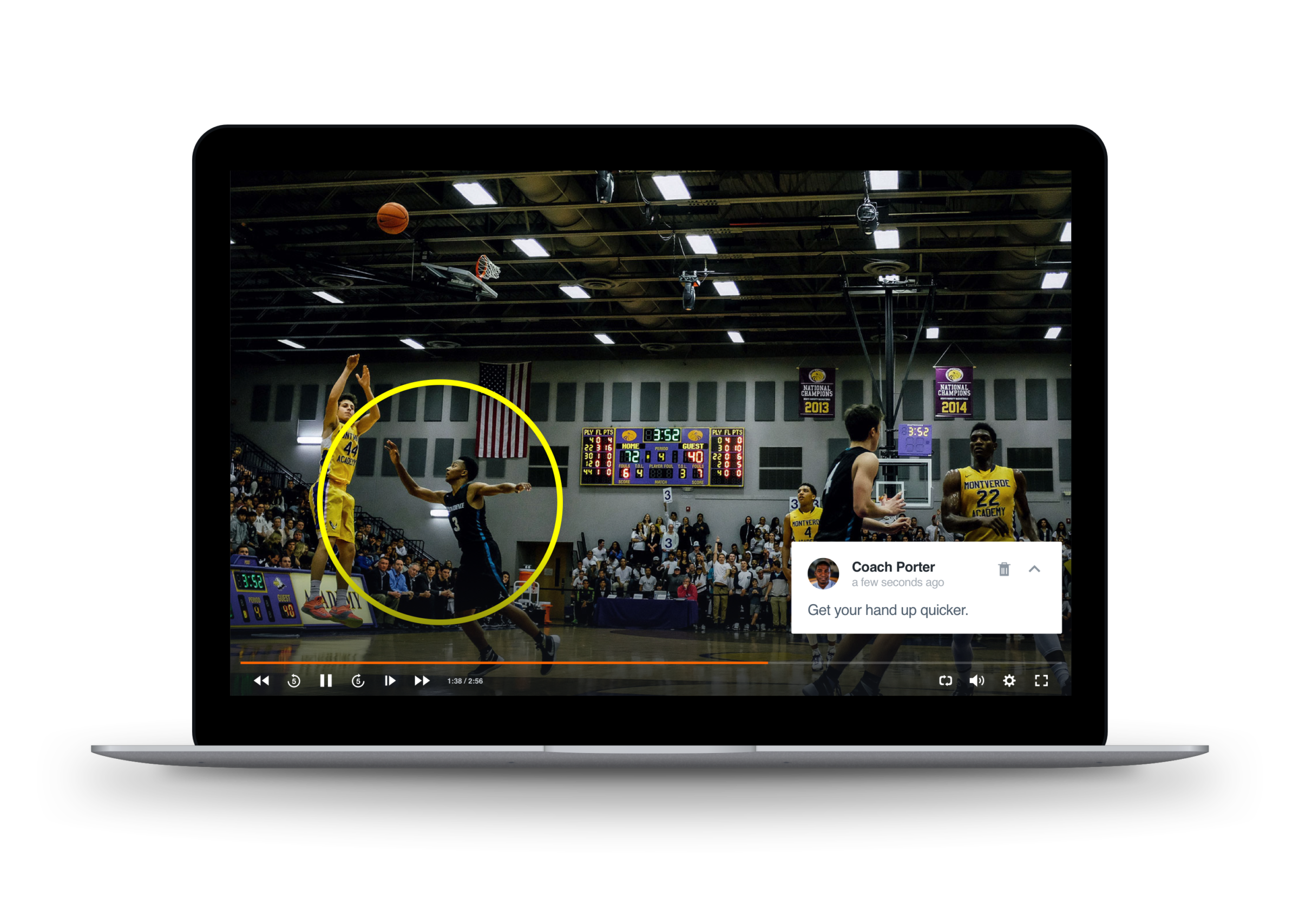NBA Veteran Proves Video is a Valuable Tool for Developing Young Athletes
Video isn’t solely the solution for older athletes. Using it for those at a formative age can show massive benefits.

Hudl is widely recognized for helping athletes at the high school and college levels, but Stewart argues it’s just as, if not more, important for younger players. Still in their formative years, middle schoolers can learn a great deal from watching video and receiving instruction beyond the words of their coach.
“It’s a big part of the game no matter how old you are,” Stewart said. “(Video is) one of the most effective teaching tools because the kids actually get to see what they’re doing. If you tell a kid to slide their feet and kids are blowing by them, you can show them the video and say, ‘Look, you’re not doing what you’re supposed to do defensively. Stop blaming someone else. It’s a good way to get some accountability.
“If there’s no video, it’s a ‘he said, she said.’ But the video never lies and it clears up all of that.”
Created by former NBA star Amare Stoudemire, E1T1 has quickly become one of the nation’s top club programs. It has produced high NBA draft picks such as DeAngelo Russell, Ben Simmons and Austin Rivers. To keep building that pipeline, it recently created younger teams to help develop top talent internally.
Stewart has taken that job and run with it. He’s passionate about developing his players to get them ready for the next level, and video is one of his top tools in doing so.
“I use it as No. 1 just a teaching tool so I can show the kids the things we’re doing right, the things we’re doing wrong and the things we need to correct,” Stewart said. “No matter how old you are, and it may be more important when you’re younger, to get that instant feedback.”
Stewart was progressive in finding a way to improve his young athletes and prepare them for the next stage. Follow his lead and see what Hudl can do for your club team.